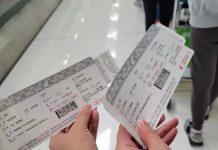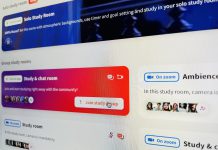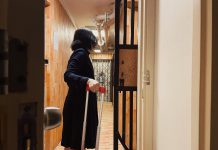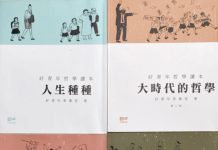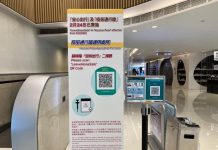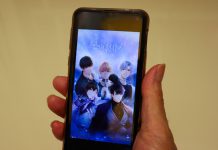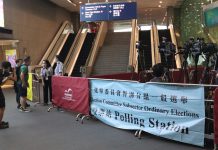While Ng has tried to address the issue of children’s play in her own way, the Hong Kong Committee for the United Nations Children’s Fund (UNICEF) has run several campaigns to promote the right to play over the past decade. Sofia Fung So-ha, education assistant manager of UNICEF Hong Kong, says there has been more discussion of children’s right to play after it launched its “Reclaiming Childhood” promotional video in 2013.
Fung says the essence of the right to play is free play, defined as unstructured play initiated by children and independent of adult direction. She says the excessive focus on educational achievements and programmed leisure time are two of the main obstacles to children’s enjoyment of free play.
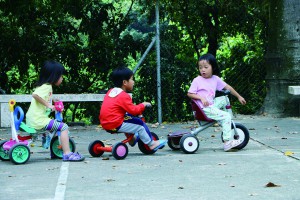
A survey conducted by UNICEF Young Envoys in 2014 found that over 70 per cent of primary and secondary students still get less than an hour of free play a day, excluding electronic games and extra-curricular activities.
The Education Bureau insists it does take play seriously. In a written reply, a spokesman said the bureau encouraged good home-school partnerships to ensure sufficient time for primary students to play. He said play was an indispensable tool for facilitating children’s learning and for promoting children’s physical and mental development. The bureau also advocated “Learning through Play” in its kindergarten curriculum guide.
However, the bureau’s sample timetable for primary schools includes just 30 minutes for recess. This falls far short of school psychologist Louise Bensen’s recommendation of 90 minutes of play during school time. It also overlooks the fact that learning through play is just a better way to learn – it is not play.
Bensen, who is a member of the International Play Association, says free play is beneficial to children’s physical, intellectual, social and emotional development. Yet it has been disappearing worldwide since the arrival of electronic toys 20 to 30 years ago. She recalls a boy in her nursery class who did not know what to do with some creative toys and paint because none of the items were battery operated.
When parents are afraid that free play will lead to injury or academic failure, what takes over is adult-directed play where parents always want to teach and correct. Bensen says parents fail to see there is a difference between this and free play.
In the former, young children will look to parents and carers for guidance. They want to make sure they play “correctly” as they want to please the adults.
Free play is different, it allows children to decide what to do and through this they learn social skills. Bensen explains playing in a group is voluntary and children have to abide by the rules they themselves have created, otherwise the play will stop.
“If you really watch it, it’s not as chaotic as we think it is. Children create their own rules. There are rules to play. A lot of times adults don’t get it,” she says.
Parents also tend to discourage or overlook the risk-taking element of play which allows children to learn how to cope with emotions such as anxiety and nervousness. For instance, children can learn to overcome fear and nervousness by swinging high, jumping off from a high place and running too fast.
Bensen says falling down or getting hurt is an inevitable experience and process through which children learn about making choices and weighing options like how fast to run or how high to swing.
“Even a broken bone is not a big deal. It heals…There are very few injuries that happen to children that are life-threatening,” she says.







